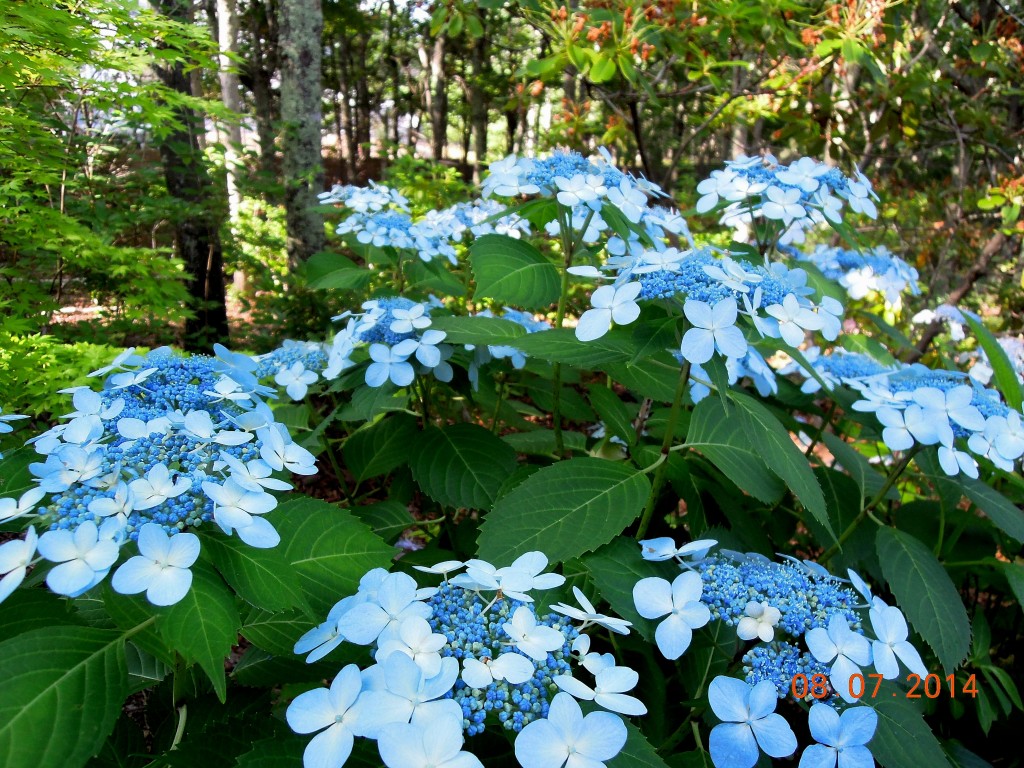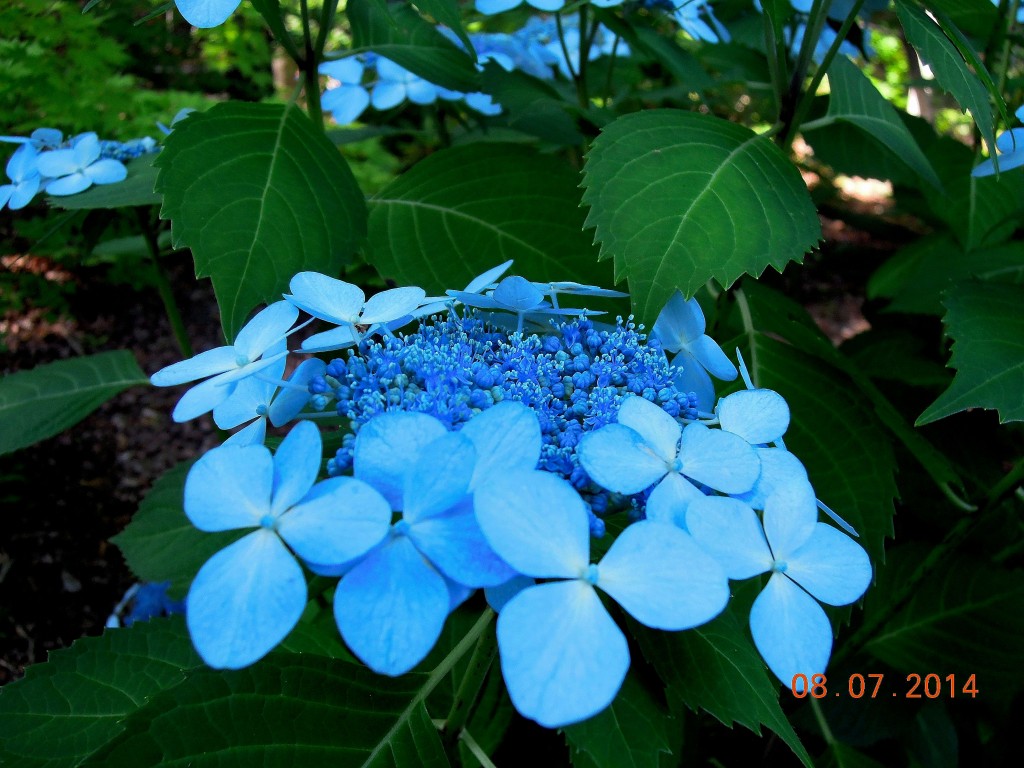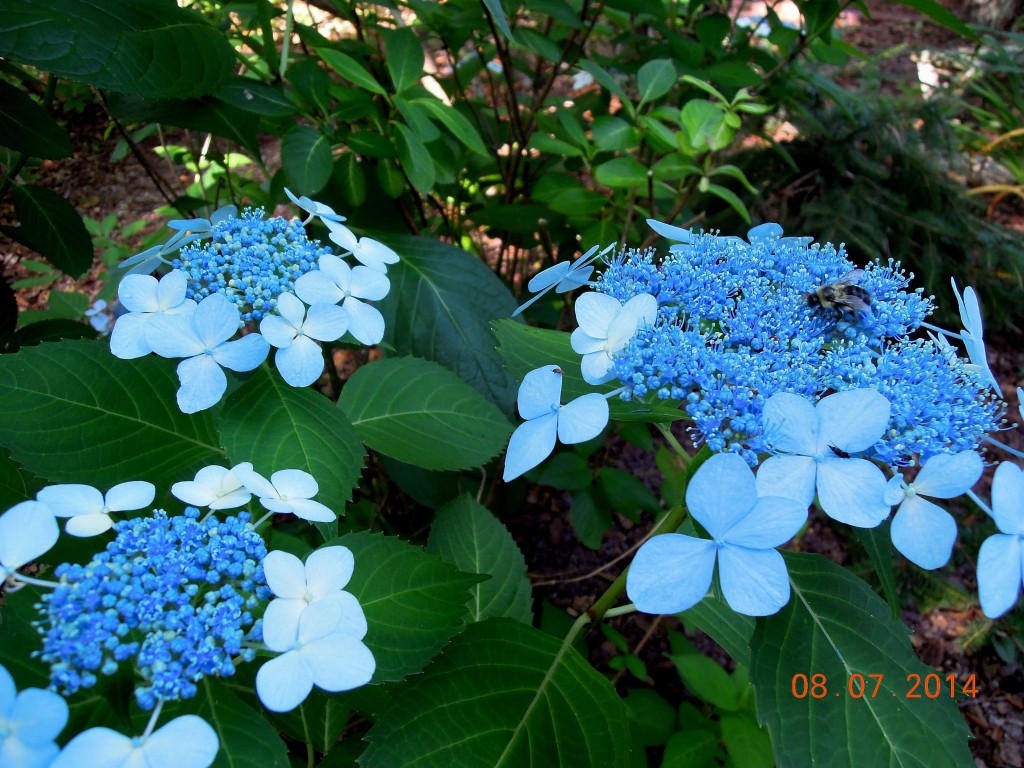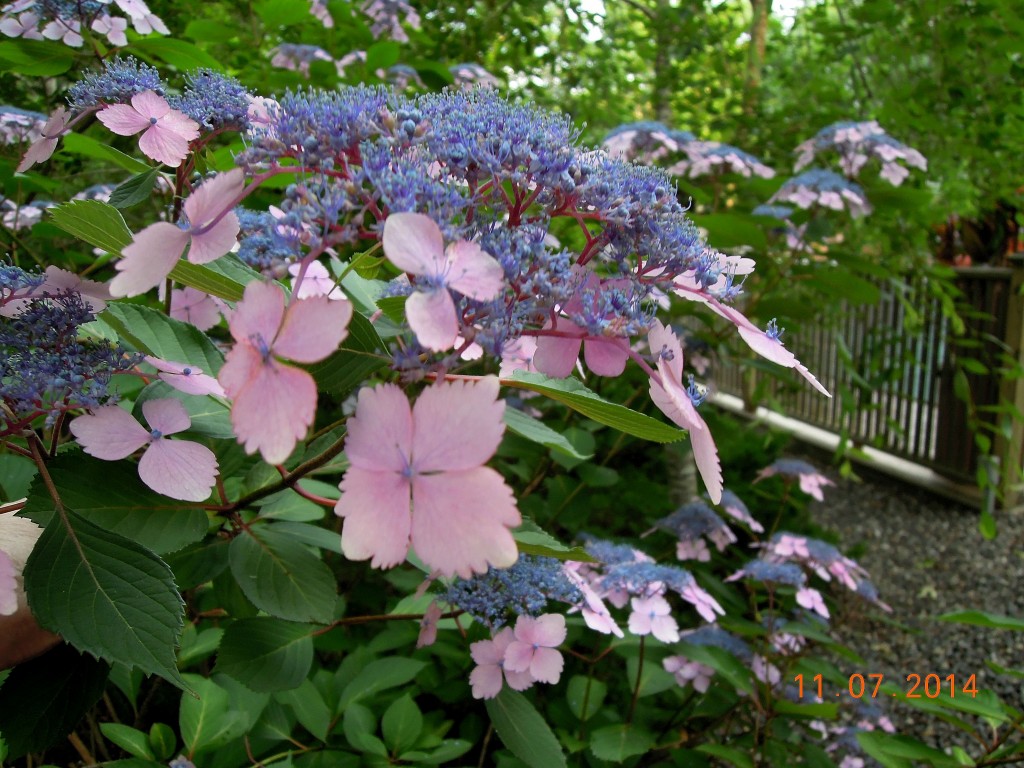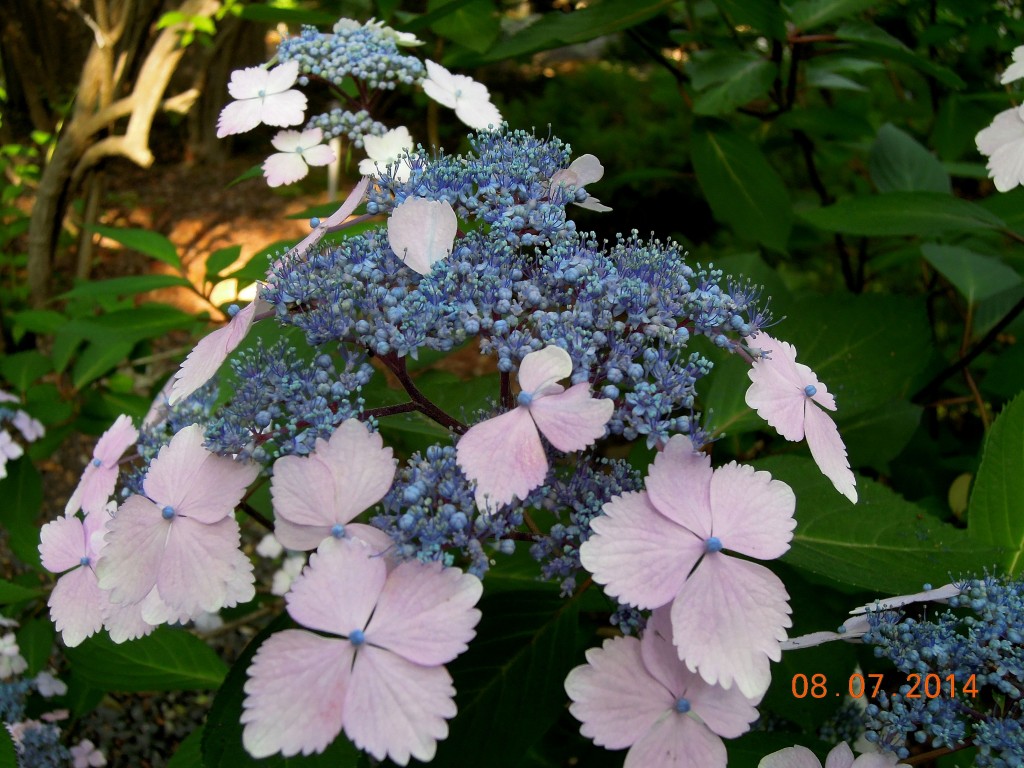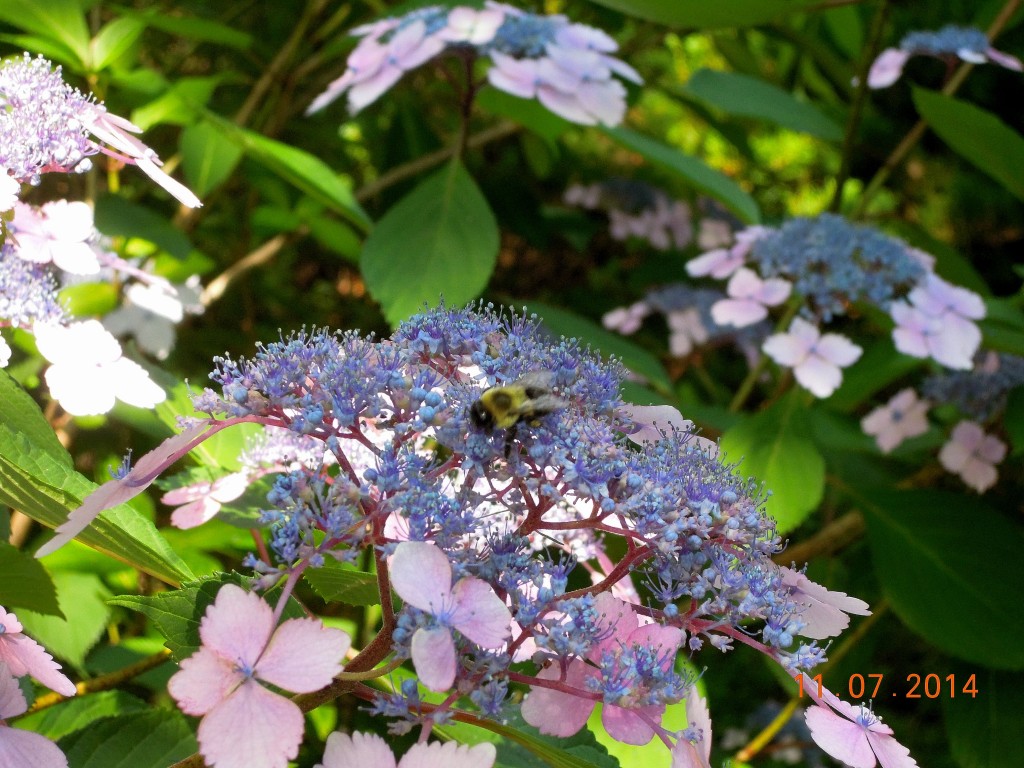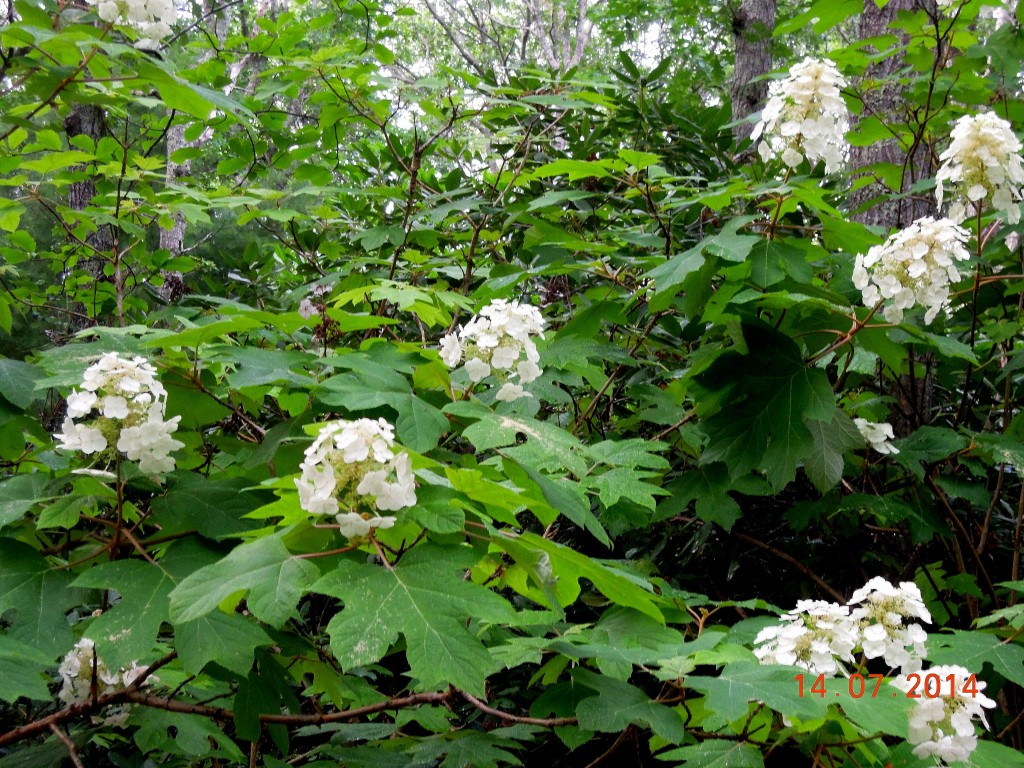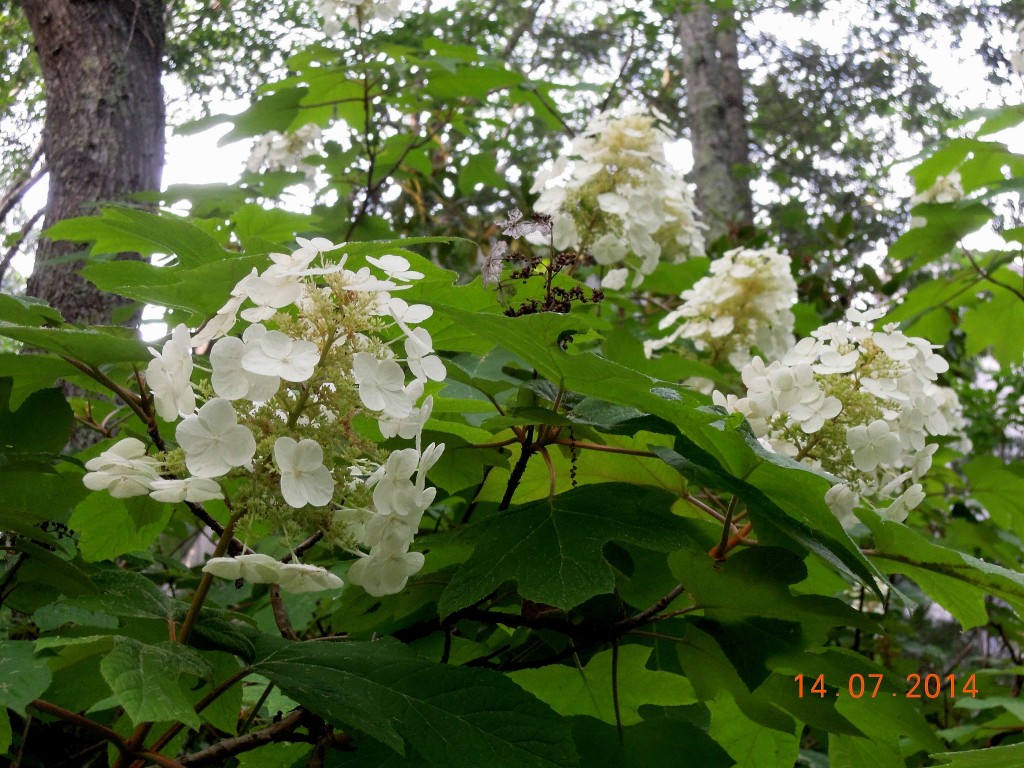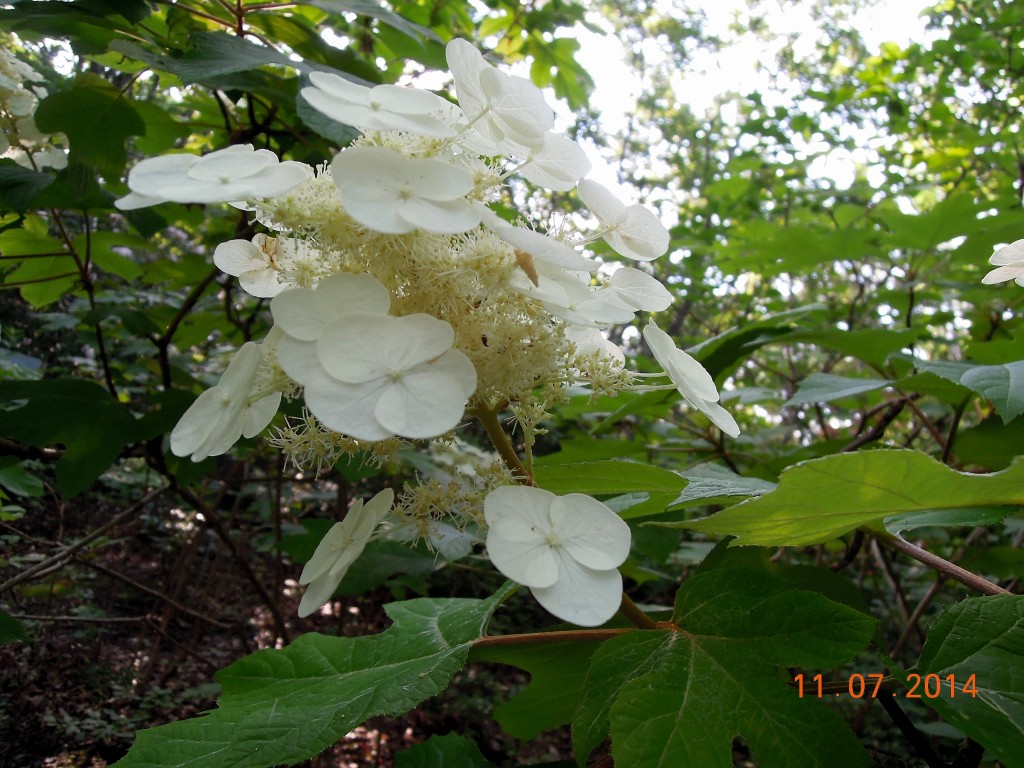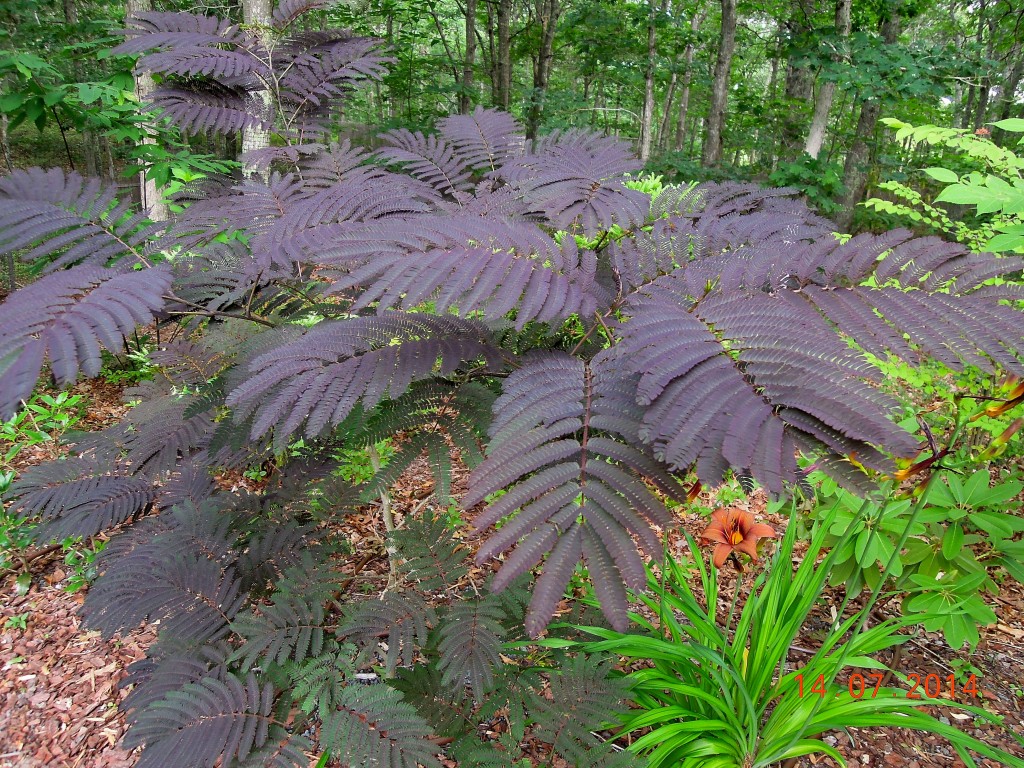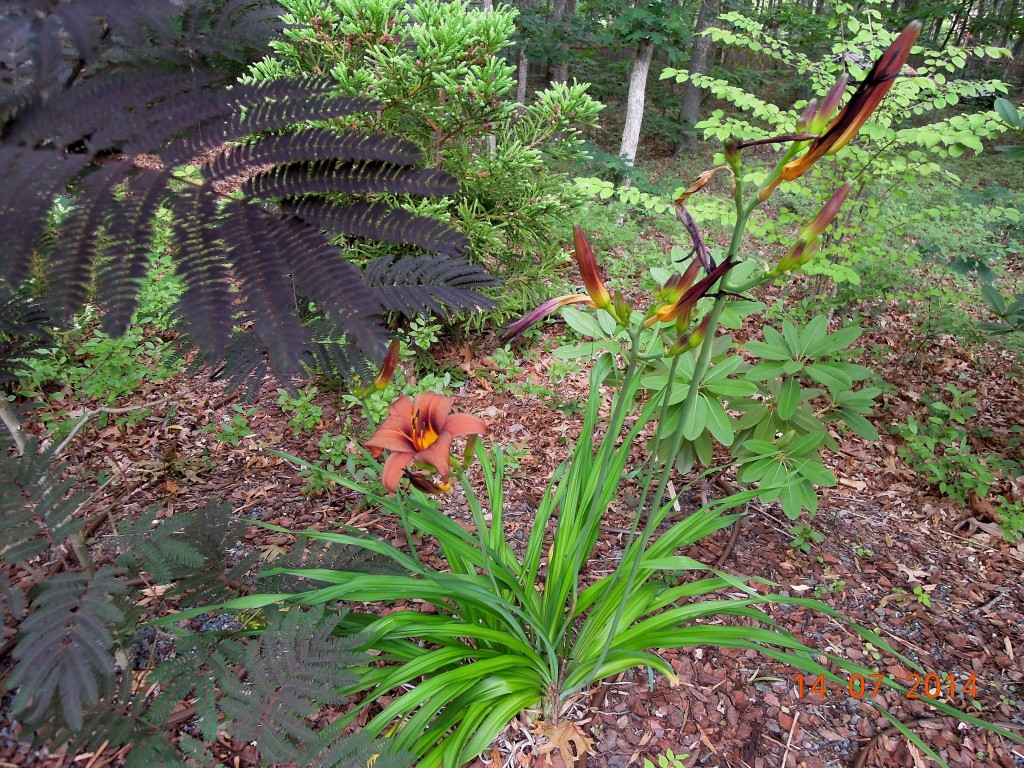An overheard conversation in Manhattan reported in The New York Times Metropolitan Diary on 3\3\1993:
Woman One: “This morning I listened to NBC. They predicted a very cold day and possible heavy rain or snow flurries.”
Woman Two: “I listen to CBS. They usually predict much better weather.”
After two horrific winters and a dire future weather outlook owing to global warming, “much better weather” has become a pipe dream. The times they are a-changin,‘ and for successful gardening we need to take note of the plants that survived and flourished in spite of it all — as well as the ones that didn’t.
Hydrangeas, the superstars of summer, present a mixed bag. In general, the Hydrangea macrophylla Mopheads took a mighty beating, suffering considerable winter die back, while the H. macrophylla Lacecaps sailed through winter with little or no damage. (As a rule, both types bloom on old growth; thus, substantial winter die back means few flowers — if any. The Endless Summer group of Mopheads are supposed to bloom on old and new growth but I’m told they have performed poorly and have not lived up to expectations. I’m not a fan and I don’t grow them.)
My blue macrophylla Lacecaps never looked better. And the bees adore them. Definitely keepers. (Photos below)
Ditto for the dazzling Lacecap hybrid, H. x ‘Sweet Chris’, a cross between H. macrophylla and H. serrata. This bi-color beauty is a heart-stopper, as well as a top performer under adverse weather conditions. The bees are quite smitten as well. (Photos below) See also July 8, 2012 Post: “Summer 2012: Heavenly Hydrangeas”.
Finally, our magnificent native Oakleaf Hydrangea, H. quercifolia, didn’t suffer any winter damage. All my shrubs bloomed well and when the fertile flowers opened they released— as usual— a lovely sweet perfume. (The photos below include shots of the oak-leaf-like foliage as well as the flowers.)
Note: I’m happy to report that my fears for the gorgeous purple-leafed mimosa , Albizia julibrissin ‘Summer Chocolate’, were unfounded. The tree met Mother Nature’s challenge and proved that it is a robust survivor. Who knew? (Photos below include its companion plant, a sweet confection of a Daylily, Hemerocallis ‘Milk Chocolate’.)
